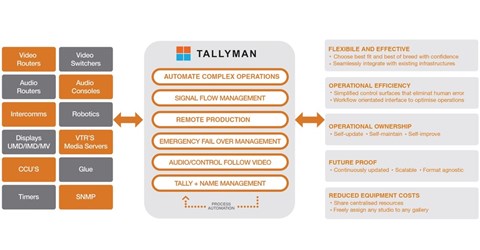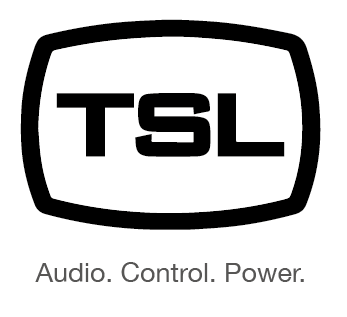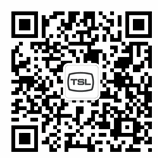EXPLORE THE HUB: Hot Topcis and Deep Dives | Ebooks and Technical Application | Case Studies
Building Best of Breed Unified Systems
Broadcasters, production companies and media service providers are all looking to create more sophisticated facilities while reducing operational complexity and staff numbers, the object is to make better, more engaging content, at a lower cost.
When you bring complete systems under simplified control, the logic engine does the heavy lifting for all the necessary switching and interconnectivity, while allowing systems engineers to design simple and intuitive user interfaces.
To achieve this goal, you need to be able to put control for a complete network into the hands of a single operator or a very small team. So the operator user interface has to bring all the relevant controls together.
But systems engineers will also want to choose the equipment which best meets their needs: for quality and capabilities; for operational functionality; and for budget. If you are to provide unified control for such a system, then it has to support best fit and best of breed equipment, which is likely to come from multiple vendors.
Each of the individual components which make up a complete functional system is likely to have its own control panel. The traditional approach is to mount all of the panels onto a desk and trust that the operator can find a way around it in the heat of a production.
As a solution, this fails on all counts. Each device’s control panel is likely to offer access to broad functionality, so there is a risk of adjusting a control in error: initiating a camera white balance, for example. So quality is at risk. Equally, it is operationally complex and increases the system and training cost because each of those control panels has to be bought, installed and learned.
The solution is to provide the single point of contact for all devices. To do this, there must be a way to talk to each device and/or system.
To gain the best fit equipment to meet your technical, creative and commercial goals requires an independent developer, who can readily bring all the capabilities of a multi-vendor system together, concealing the vendors API specific nuances, SNMP OIDs, Ember+ paths and XML schemas in a system which allows a simple drag-and-drop design process for control, ensuring operators just focus on what needs to be done.
An Independent Approach to System Control
Vendors will have developed APIs for their devices. Because TSL is an independent company, generally not in competition with the manufacturers of cameras, switches, graphics and so on, the industry feels comfortable in providing those APIs and other interconnectivity information.
More important, where there are issues with those APIs, then TSL is able to raise the matter with a reasonable expectation that it will be heard. There may be a function, for example, which is not envisaged by the developer at the point of production but which would be useful in a unified system. A direct way of initiating the function could be added to the API to simplify the interface.



